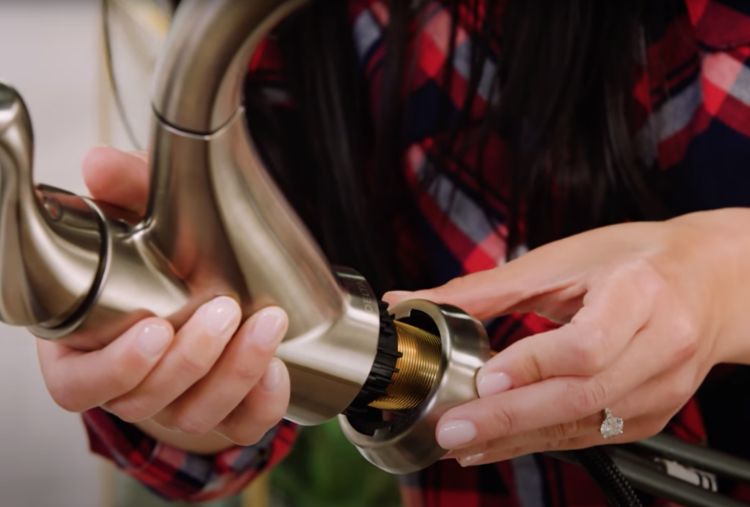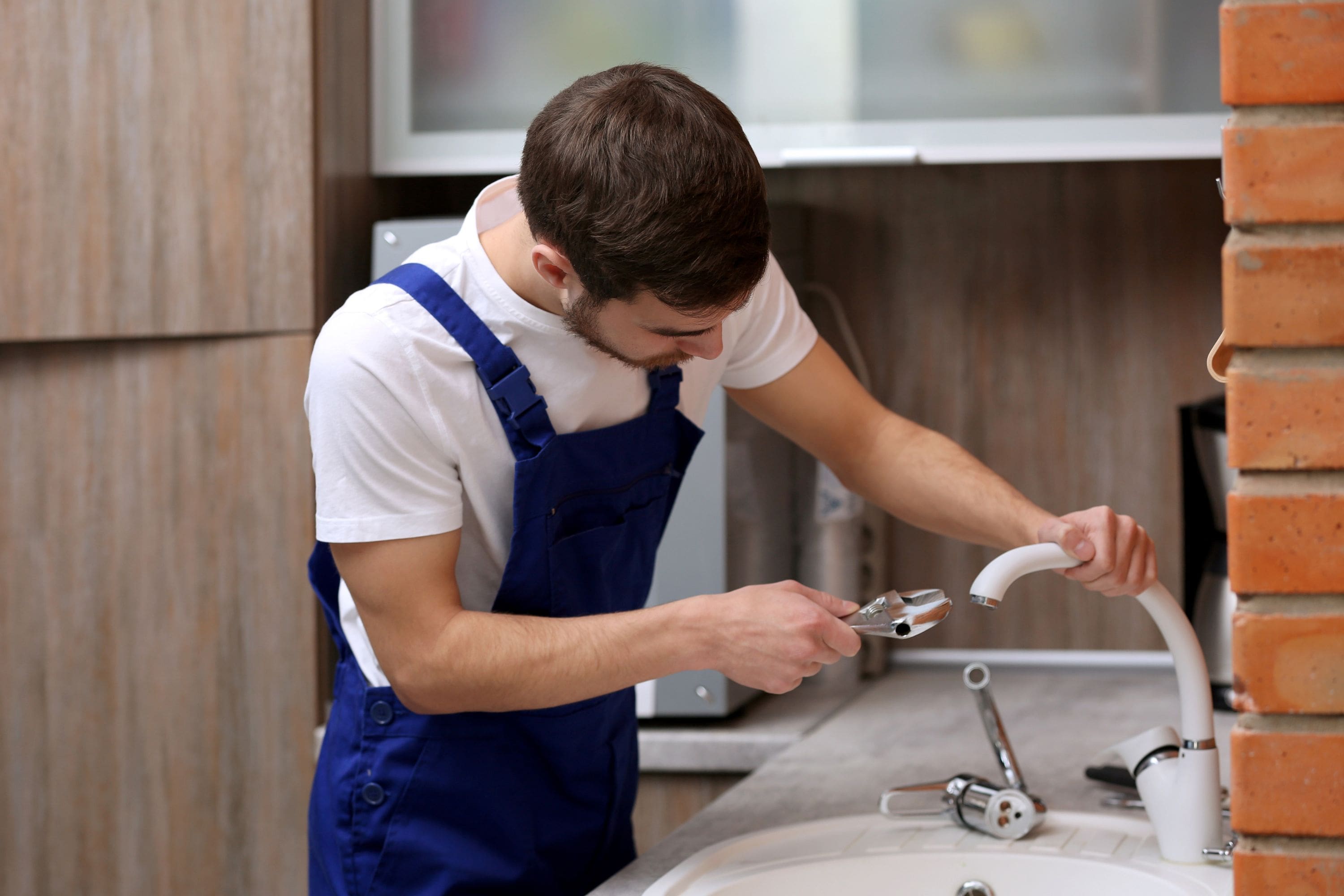Are you on the lookout for facts and techniques involving Why It's Important to Fix Leaky Faucets?

Leaking faucets might appear like a minor inconvenience, yet their impact surpasses just the nuisance of the audio. From wasting water to sustaining unneeded economic expenses and health risks, ignoring a dripping faucet can bring about different repercussions. In this post, we'll look into why it's critical to address this typical family concern quickly and properly.
Waste of Water
Ecological Influence
Trickling faucets contribute considerably to water wastefulness. According to the Epa (EPA), a single tap trickling at one drip per secondly can squander more than 3,000 gallons of water annually. This not only strains water sources yet likewise impacts ecosystems and wildlife based on them.
Financial Prices
Boosted Water Bills
Past the ecological impact, leaking faucets can inflate water bills significantly. The accumulated wastage in time converts right into higher energy expenditures, which could have been prevented with timely repair work.
Possible Property Damage
In addition, long term dripping can result in harm to components and surface areas bordering the faucet. Water buildup can cause staining, rust, and also structural problems if left neglected, resulting in extra repair work expenses.
Health Problems
Mold and Mold Development
The continuous visibility of dampness from a dripping faucet develops an excellent atmosphere for mold and mildew growth. These fungis not only jeopardize interior air high quality yet additionally pose health and wellness threats, specifically for individuals with respiratory system problems or allergic reactions.
Waterborne Diseases
Stationary water in leaking taps can end up being a breeding ground for bacteria and other virus, increasing the risk of waterborne illness. Pollutants such as Legionella germs grow in stationary water, possibly causing major ailments when consumed or inhaled.
DIY vs. Specialist Repair work
Advantages and disadvantages of Do It Yourself Fixing
While some might try to fix a leaking tap themselves, do it yourself repair services come with their own set of difficulties. Without correct knowledge and devices, DIY attempts can intensify the issue or result in insufficient repairs, extending the problem.
Benefits of Working With a Specialist Plumber
Working with a professional plumber guarantees that the underlying root cause of the leaking tap is attended to properly. Plumbings possess the expertise and tools to detect and fix faucet concerns efficiently, conserving time and lessening the threat of further damages.
Step-by-Step Guide to Taking Care Of a Dripping Faucet
Devices Required
Prior to attempting to take care of a trickling faucet, collect the necessary tools, consisting of a flexible wrench, screwdrivers, substitute parts (such as washing machines or cartridges), and plumber's tape.
Usual Faucet Issues and Their Solutions
Determine the type of tap and the specific concern creating the drip. Usual troubles consist of worn-out washers, corroded shutoff seats, or malfunctioning O-rings. Describe manufacturer guidelines or on-line tutorials for detailed support on repair services.
Preventive Measures
Regular Upkeep Tips
To stop trickling taps, do routine maintenance such as cleaning aerators, inspecting for leaks, and replacing worn-out components immediately. Furthermore, take into consideration setting up water-saving tools or upgrading to extra reliable fixtures.
Relevance of Prompt Services
Dealing with leaking faucets as quickly as they're discovered prevents additional water wastefulness and possible damage, inevitably conserving both water and cash over time.
Impact on Residential Property Value
Perception of Well-Maintained Residential Or Commercial Property
Keeping a property in good condition, including attending to maintenance issues like trickling faucets, boosts its viewed worth and desirability among possible customers or renters.
Influence on Resale Worth
Properties with properly maintained plumbing fixtures, including faucets, command higher resale values in the real estate market. Resolving dripping faucets can contribute to a positive impression during building assessments and arrangements.
Ecological Duty
Individual Payment to Preservation
Taking duty for fixing dripping faucets aligns with broader efforts towards water conservation and ecological sustainability. Every person's actions collectively make a substantial impact on preserving valuable resources.
Sustainable Living Practices
By prioritizing punctual repair services and embracing water-saving habits, people contribute to sustainable living methods that profit both existing and future generations.
Verdict
Attending to a leaking faucet surpasses plain comfort; it's a vital step toward saving water, decreasing financial expenses, and protecting wellness and building. Whether with do it yourself repairs or expert support, doing something about it to fix trickling taps is a little yet impactful way to advertise accountable stewardship of resources and add to a healthier, extra lasting future.
How to Fix a Leaky Faucet: Step-by-Step Repair Guide
A leaky faucet may seem like a simple annoyance, but if it's not fixed promptly, that leak could cost hundreds to potentially thousands. From water damage to mold, mildew, and high water bills, even a tiny leak can be catastrophic if left unattended. Damage like this can even affect the overall value of your home, so it's important to take the right approach for leaky faucet repair. You may need the help of a plumber in some cases, but we've got a few tips you can try on how to fix a leaky faucet before calling the pros.
Four Faucet Types
When you're learning how to fix a leaky faucet, the first step is knowing what kind of faucet you're working with! There are four common types.
Cartridge Faucets
Cartridge faucets come in one- or two-handled varieties. In one-handled cartridge faucets, hot and cold water combines in a single cartridge. In the two-handled versions, hot and cold water are controlled separately and mixed in the faucet.
Ball Faucets
Ball faucets have a single lever you push up and down to adjust the pressure and rotate to change the temperature. A slotted metal ball controls the amount of water allowed into the spout.
Compression Washer Faucets
They're the oldest type of faucet, but they're still used in many homes — especially older ones. Compression faucets have two separate handles that, when turned, raise or lower the washer that seals a water valve. This valve stops water from flowing through the faucet when it is turned off.
Disc Faucets
Disc faucets rarely need to be repaired due to their maintenance-free design. The water flow is controlled by two discs — the upper one raises and lowers against a fixed lower disc, creating a watertight seal. If your disc faucet starts leaking, you may need to replace the seals or clean residue buildup from the inlets.
Fixing a Leaky Faucet
Step 1: Turn Off the Water
Whether you're learning how to fix a leaky bathtub faucet or how to fix a leaky kitchen faucet, always turn off the water supply to your working area when you're fixing a leak. The last thing you want is a flood added to your list of things to fix.
Look for the shutoff valves below your sink or around the tub and turn them clockwise to stop the water flow. If your faucet doesn't have shutoff valves, you may need to turn off the water for the whole house. Check to make sure it's off by turning the faucet on. If nothing comes out, you're ready to start the repair.
Step 2: Take Apart the Faucet
How you disassemble your faucet depends on the type of fixture you have. You can use a flathead screwdriver to remove the caps on top of the handle or handles for cartridge and compression faucets. Inside, you should see handle screws. Unscrew these with a screwdriver to remove the handle.
Disc- and ball-style faucets will typically have an inlet screw near the handle, and removing that will reveal the interior of the faucet.
Detach the Valve Stem
For cartridge- and compression-style faucets, you'll see the inner valve stem or cartridge once you remove the faucet handles. If you have a compression faucet, unscrew the brass valve stem. If you have a cartridge faucet, pull out the cartridge. If your cartridge has been in place for a while, it may require some tools or extra force to remove it due to mineral deposits.
Examine and Replace Parts
Once you've removed the parts, check them out to confirm what needs to be replaced. You may see corroded rubber washers, O-rings, stems, or cartridges. On a ball-style faucet, check the seats and springs for damage.
If you need to repair a leaky disc faucet, check the inlet and seals on the lower disc.
Once you determine what parts must be replaced, visit your local hardware store. Bring the damaged parts with you to ensure you can purchase the correct components to replace them.
Clean Valves and Faucet Cavity
If you've removed a stem or cartridge, you may notice mineral buildup in the faucet's threads. Use white vinegar to clean the valve seat by soaking it for a few minutes, then scrub it away with a soft toothbrush and rinse with warm water. You can also clean the interior of the faucet in the same way.
Reassemble the Faucet
Once your faucet is cleaned and the required parts have been replaced, it's time to reassemble it. Put the pieces back together and slowly turn the water supply back on. Doing this slowly is crucial because too much initial water pressure can damage the new hardware you've just installed.
https://homewarranty.firstam.com/blog/how-to-fix-leaky-faucet

As a serious reader on Why Are My Faucets Dripping (And Can I Fix It Myself)?, I imagined sharing that piece was really helpful. Kindly take the opportunity to distribute this blog post if you appreciated it. Thanks so much for going through it.